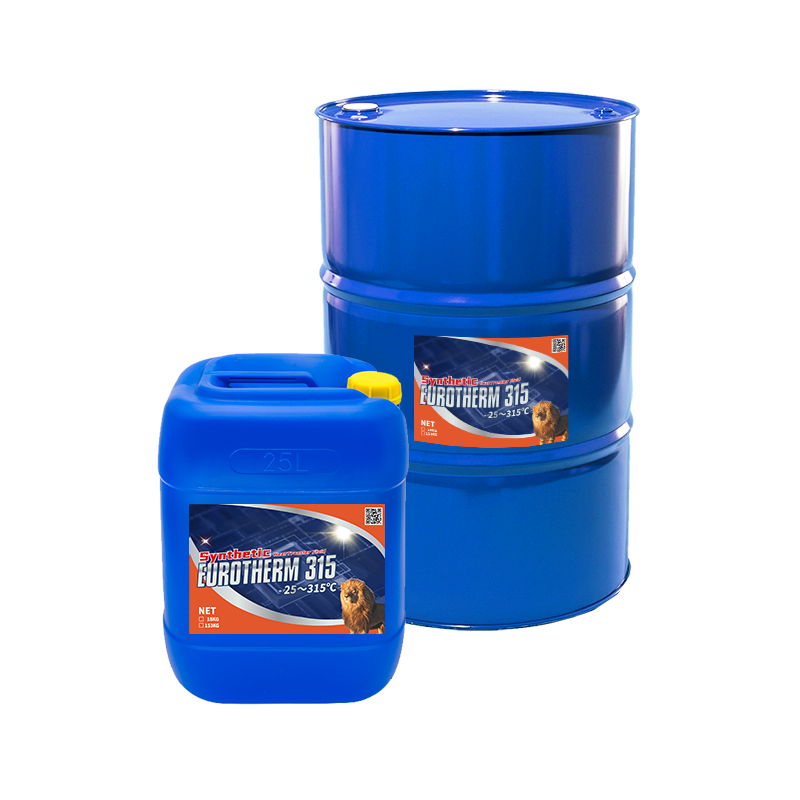Not known Details About Chemie
Table of ContentsExcitement About ChemieChemie - The FactsFacts About Chemie UncoveredAbout ChemieThings about ChemieThe Only Guide for Chemie
By Bojanna Shantheyanda, Sreya Dutta, Kevin Coscia and David SchiemerDynalene, Inc. Liquid cooling, which can be accomplished using indirect or direct means, is utilized in electronics applications having thermal power densities that may exceed safe dissipation via air cooling. Indirect fluid cooling is where warmth dissipating digital elements are literally separated from the liquid coolant, whereas in instance of direct cooling, the components remain in straight contact with the coolant.In indirect air conditioning applications the electric conductivity can be essential if there are leaks and/or spillage of the liquids onto the electronics. In the indirect air conditioning applications where water based fluids with rust inhibitors are generally utilized, the electrical conductivity of the liquid coolant primarily relies on the ion concentration in the liquid stream.
The boost in the ion focus in a closed loophole fluid stream may happen due to ion seeping from metals and nonmetal parts that the coolant fluid touches with. During operation, the electric conductivity of the fluid may increase to a level which could be hazardous for the air conditioning system.
Top Guidelines Of Chemie
(https://sketchfab.com/chemie999)They are grain like polymers that are capable of trading ions with ions in a service that it touches with. In the here and now job, ion leaching tests were carried out with different metals and polymers in both ultrapure deionized (DI) water, i.e. water which is dealt with to the highest degree of purity, and reduced electrical conductive ethylene glycol/water combination, with the determined modification in conductivity reported over time.
The samples were allowed to equilibrate at area temperature for 2 days before recording the first electrical conductivity. In all examinations reported in this study liquid electrical conductivity was determined to a precision of 1% utilizing an Oakton CON 510/CON 6 collection meter which was calibrated before each measurement.
The Only Guide to Chemie
from the wall surface home heating coils to the center of the heating system. The PTFE example containers were positioned in the furnace when consistent state temperature levels were gotten to. The test setup was gotten rid of from the heater every 168 hours (seven days), cooled down to room temperature with the electrical conductivity of the fluid gauged.
The electric conductivity of the liquid example was kept track of for an overall of 5000 hours (208 days). Figure 2. Schematic of the indirect closed loop cooling down experiment set up - meg glycol. Table 1. Components utilized in the indirect closed loop cooling experiment that are in contact with the liquid coolant. A schematic of the experimental setup is displayed in Figure 2.

Chemie for Beginners
During operation the fluid storage tank temperature was kept at 34C. The change in liquid electrical conductivity was kept track of for 136 hours. The liquid from the system was accumulated and kept. In a similar way, closed loophole test with ion exchange material was executed with the very same cleansing treatments used. The initial electric conductivity of the 230ml UP-H2O in the system determined 1.84 S/cm.

0.1 g of Dowex material was contributed to 100g of fluid examples that was taken in a separate container. The blend was mixed and change in the electrical conductivity at room temperature was gauged every hour. The measured adjustment in the electrical conductivity of the UP-H2O and EG-LC examination liquids having polymer or metal when involved for 5,000 hours at 80C is revealed Number 3.
Not known Details About Chemie
Ion seeping experiment: Calculated adjustment in electric conductivity of water and EG-LC coolants consisting of either polymer or steel examples when submersed for 5,000 hours at 80C. The results indicate that steels added fewer ions into the fluids than plastics in both UP-H2O and EG-LC based coolants.
Liquids containing polypropylene and HDPE showed the most affordable electrical conductivity adjustments. This might be as a result of the short, inflexible, direct chains which are less most likely to contribute ions than longer branched chains with weak intermolecular forces. Silicone additionally executed well in both test liquids, as polysiloxanes are generally chemically inert due to the high bond energy of the silicon-oxygen bond which would protect against destruction of the material right into the fluid.
Unknown Facts About Chemie
It would be expected that PVC would certainly generate similar results to those of PTFE and HDPE based on the comparable chemical structures of the materials, nonetheless there may be other contaminations existing in the PVC, such as plasticizers, that might affect the electrical conductivity of the fluid - fluorinert. In addition, chloride groups in PVC can likewise seep right into the examination liquid and can trigger a boost in electric conductivity
Polyurethane completely broke down right into the test fluid by the end of 5000 hour examination. Prior to and after photos of steel and polymer samples submersed for 5,000 hours at 80C in the ion seeping experiment.
Calculated modification in the electrical conductivity of UP-H2O coolant as a feature of time with and without material cartridge in the shut indirect cooling loop experiment. The measured change in electric conductivity of the UP-H2O for 136 hours with and without ion exchange resin in the loop is received Figure 5.